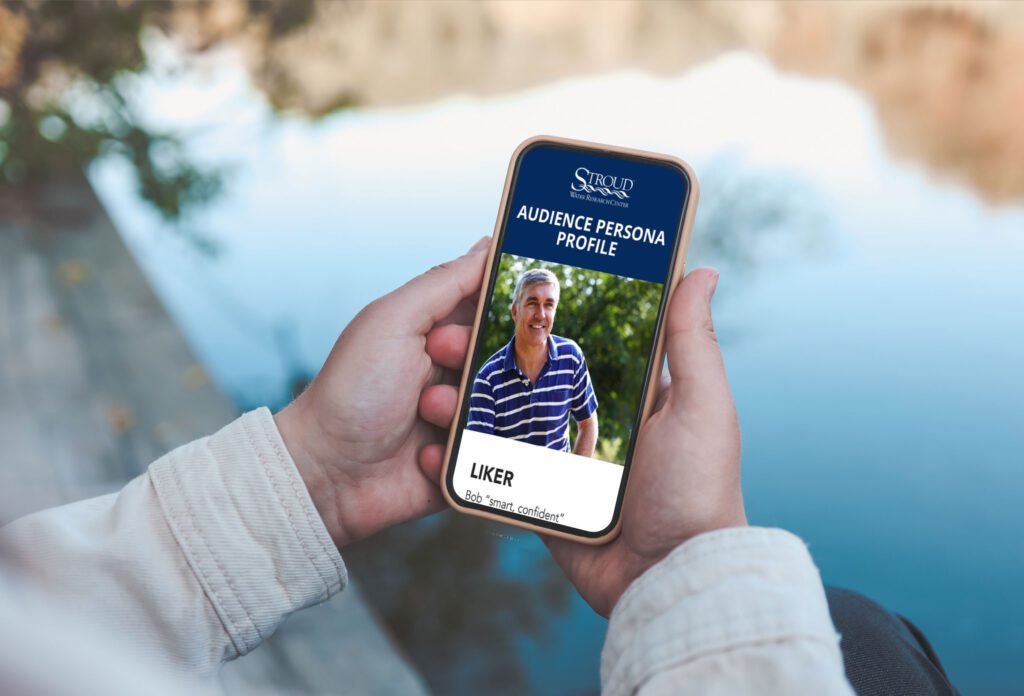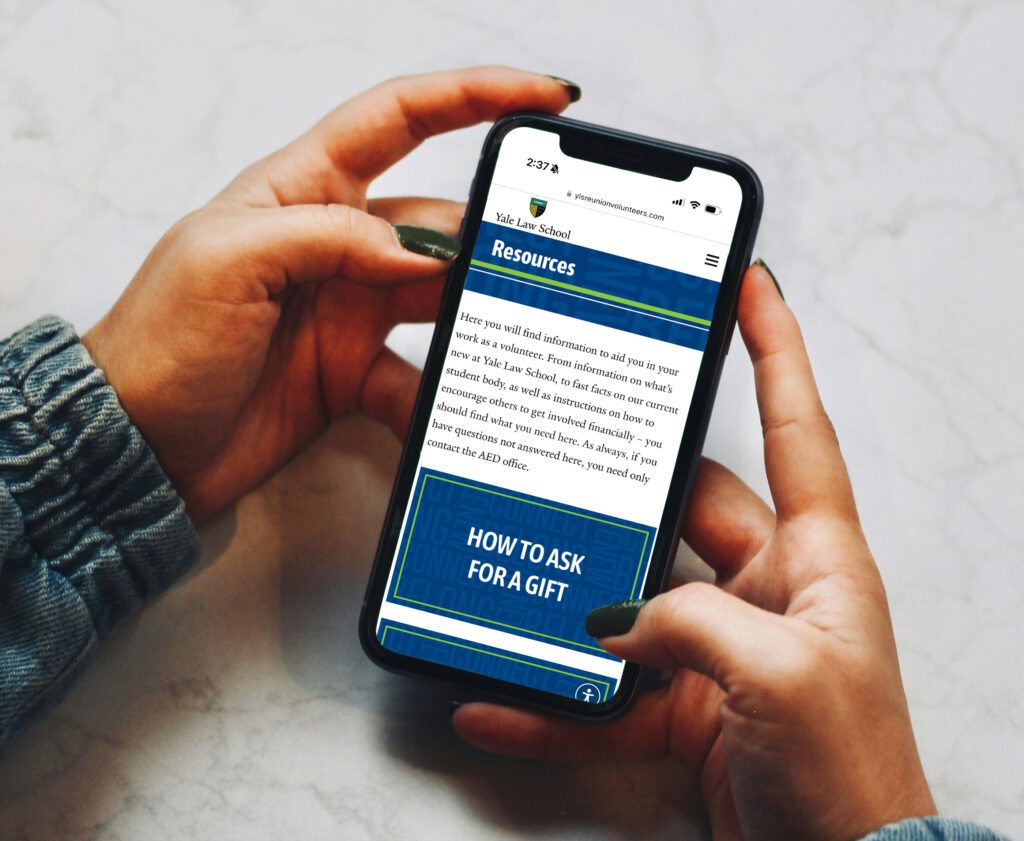Improving messaging is a common goal when you’re aiming to be more strategic with communications. It often comes from a feeling that you don’t know what to say to get audiences to do what you want them to do.
Figuring that out is probably one of the top frustrations for most communicators.
In my spare time when not running Iris, I teach yoga. While in teacher training, I learned one thing that has turned out to be some of the best business advice I’ve ever heard: you can’t fix things from the head you have to start at the feet.
In yoga, we mean that literally. When someone’s hips are out of alignment, I invite them to adjust their foot placement first.
But so often we think we can correct messaging by starting with messaging. You can’t. That’s just writing.
To fix messaging you must understand who you are talking to. You need to know your audience. And that means beyond labels. Millennials are not an audience, they are a target market and within that group are a wide range of needs and interests.
To get beneath the surface and create messaging that resonates with the people you need to hear, try developing personas.
A persona is a detailed representation of a member of a target audience. They combine different types of data like:
- Demographics: age, location, marital status, gender identity
- Psychographics: beliefs, motivations, fears
- Behavioral data: How do they spend their time?
Personas often start with the demographic and work down. The risk of that is creating a persona based on hope that the person you want will show up. (Who’s been asked why you aren’t getting any of Mackenzie’s money this year?)
If you want to understand what to say to move people from knowledge into action, you need to uncover their drivers. The best way to do that is to start with behavior and work backwards.
Ask yourselves:
- What do you need people to do in order to thrive?
- If you could only pick one thing that you could 10X or 100X what would that be?
- Who’s doing that most often now?
Those people are your #1 persona. We call them your LOVERS. When you understand what they value, you can then look for those values in others.
This allows you to build core messaging that speaks to the shared values of all your audiences. It gets you centered before customizing messaging for different personas and prevents you from twisting yourself in knots to be what you hope audiences want you to be.
When we recently did this work with Stroud Water Research Center, a member of the leadership commented that he hadn’t realized how far they had gotten away from
thinking of their audiences in personal terms with their individual needs, characteristics, and sources of information.
When you get back to that, and put the right people in the center of your circle…it changes everything.
Feeling like your messaging isn’t connecting? Let’s talk!



